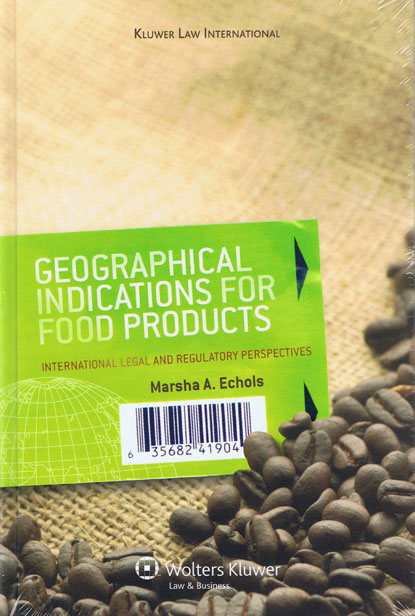We are now closed for the Christmas and New Year period, returning on Monday 5th January 2026. Orders placed during this time will be processed upon our return on 5th January.

Geographical indications (GIs) for food—and other names that connote a characteristic or process together with origin—fit in with notions of quality, tradition, and support for local producers that are important for the producers, for an increasing number of consumers, and for local development. Although there are many costs and administrative commitments associated with the use of these names, they can fill a growing consumer demand and a community need, and many localities and nations are turning toward them.
However, in attempting to prevent the use of ‘culture’ for protectionist purposes, the World Trade Organization (WTO) treats geographical indications, like trademarks, as private rights. This affirmation—which runs counter to the traditional view that a GI is a communal right—lies at the root of a legal stand-off at the WTO between two groups of countries.
Focusing primarily on the Reports of the Panels in the WTO disputes brought by Australia and the United States against the European Communities, this important book explores the meaning of the TRIPS Article 22 and Article 24 commitments, especially as they concern the definition of the term ‘geographical indication’ and national and most favored nation treatment. The author clarifies the relationship between niche-market geographical indications and the more prevalent (and commercially valuable) trademarks. With no sacrifice of depth, she covers a wide range of issues such as the following:-